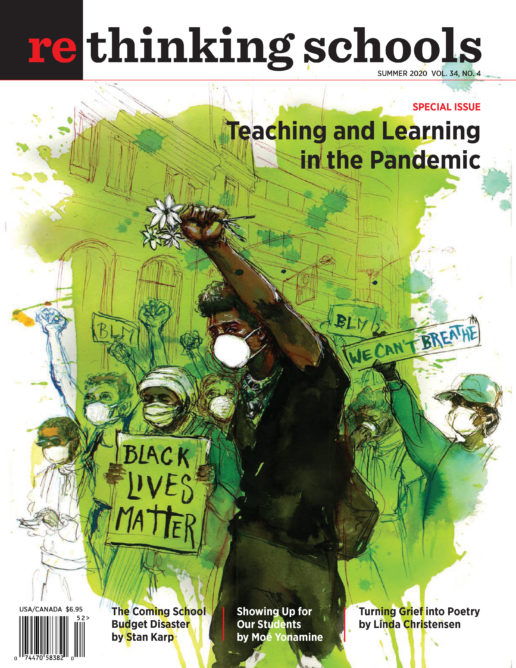Our picks for books, videos, websites, and other social justice resources 34.4
Curriculum
Unsung Heroes: Food Workers During the COVID Crisis
By Jonah Braverman
(Morningside Center for Teaching Social Responsibility, 2020)
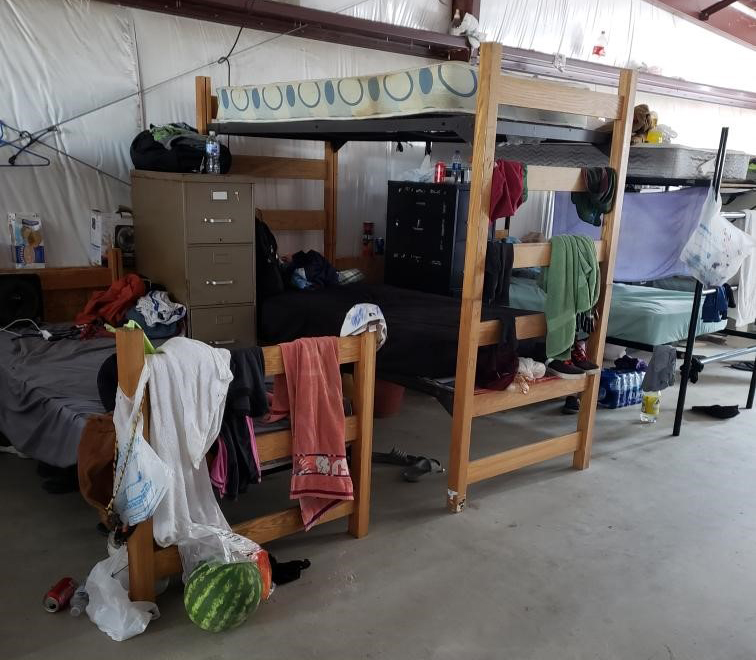
This lesson is designed for students to “hear the voices of the food workers who harvest, deliver, serve, and sell our food, and consider how these workers are on the frontline of the coronavirus pandemic.” The activity asks students to think about who we mean when we say “frontline workers,” and introduces them to a host of food chain workers. The lesson’s stories are diverse and poignant and underscore that the workers who feed us often make minimum wage, lack sick leave or health benefits, and nonetheless find themselves in especially dangerous conditions in the pandemic. And a majority of these workers are people of color, and millions of them are undocumented. Students hear from a farmworker, bodega worker, supermarket worker, fast-food workers, and delivery worker, and an activist with the Fight for $15 movement. Although the activity includes videos and short readings for students to encounter and answer questions about, the materials here would also lend themselves to a more participatory mixer role play.
***
Teaching Critically About Lewis and Clark: Challenging Dominant Narratives in K–12 Curriculum
By Alison Schmitke, Leilani Sabzalian, and Jeff Edmundson
(Teachers College Press, 2020)
205 pp.
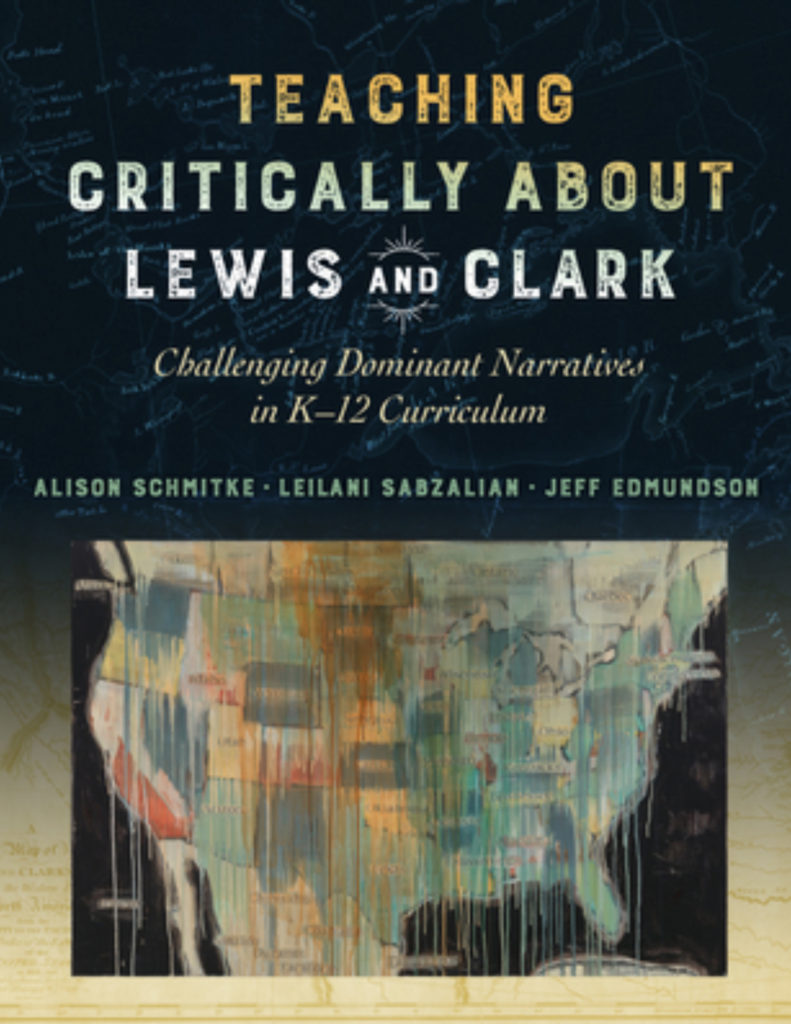
The first chapter of this excellent resource about the uses and misuses of Lewis and Clark in U.S. classrooms is “Beyond Adventure.” This evocative title also says a lot about what is offered by the authors of a book that is at once critique (of the dominant Lewis and Clark adventure narrative) and curriculum (new lessons that help teachers move beyond). On the critique side, the authors examine how popular textbook treatments of Lewis and Clark miseducate children by erasing Indigenous people, knowledge, and history — like the Harcourt Social Studies book for elementary students that asserts, “Little was known about the land in the Louisiana Purchase.” Known by whom? On the curriculum side, the authors offer promising lesson plans for children of all ages. One example that powerfully refutes the textbook passage above is “Everything Was Already Loved.” In this elementary lesson, each student learns about and draws a different plant known and used by Indigenous peoples before the arrival of white colonizers — red cedar, huckleberries, wapato, camus, biscuitroot, etc. — to create a “card” and play a game similar to Uno, with a unique set of rules. The rules, of course, are not the point. The point is to help children marinate in the wealth of scientific knowledge held by Indigenous people. To quote poet Karenne Wood, from which the lesson takes its title, “Nothing was discovered. Everything was already loved.”
***
Why Are Indigenous Peoples Blocking the Railways? And Why It’s Important!
By Chloloula
(2020)
bit.ly/APathTowardsUnderstanding
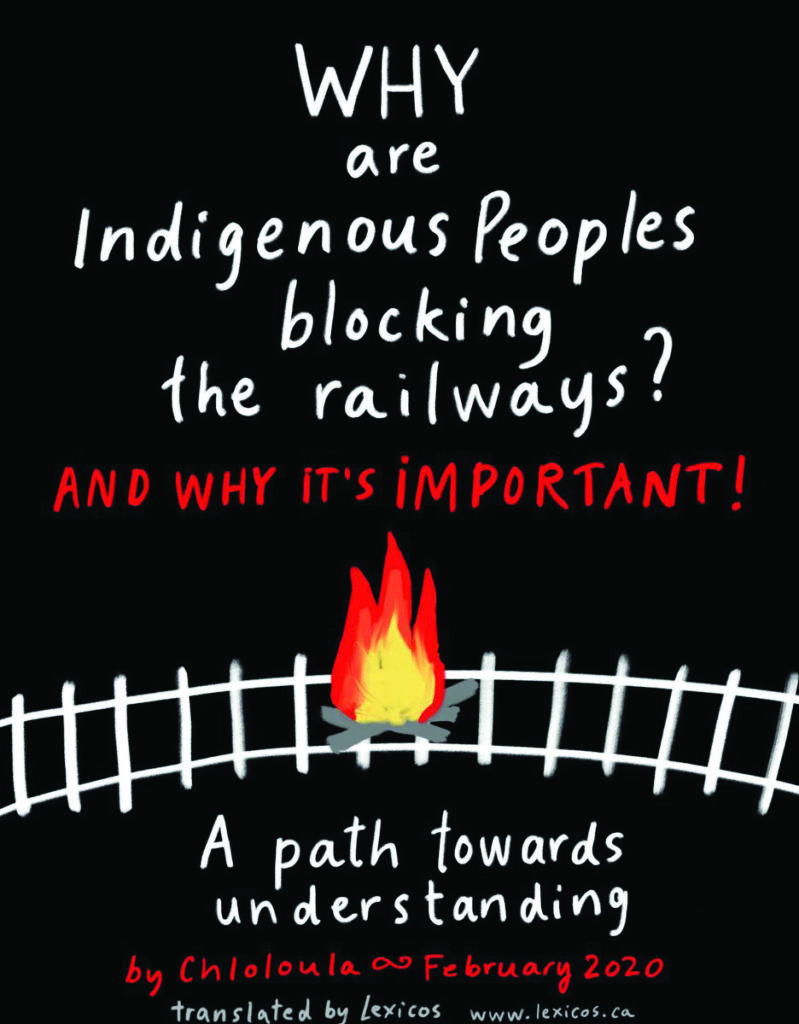
This graphic novel-style illustrated history is a polemic introducing readers to the struggle of the Wet’suwet’en people of British Columbia, who are resisting pipelines that would bring fracked gas across their lands for export to Asia. As in so many places around the world, Indigenous people defend the planet from climate catastrophe as they fight to hold on to their rights and traditional lands. The style is informal, even playful, but in a short 20 pages, this PDF introduces students to Canadian Indigenous history: “Imagine that you have a beautiful home and you welcome strangers who were lost. Then, without even saying thank you, they take possession of the house, impose their laws on you, and lock you in the basement.” The Wet’suwet’en struggle in British Columbia is not as well known in the United States as it should be. Here is a quick way to break the information embargo that too often prevents people in the United States from seeing how struggles for justice in Canada are our struggles, too.
***
On the Freedom Side: How Five Decades of Youth Activists Have Remixed American History
By Wesley Hogan
(University of North Carolina Press, 2019)
354 pp.
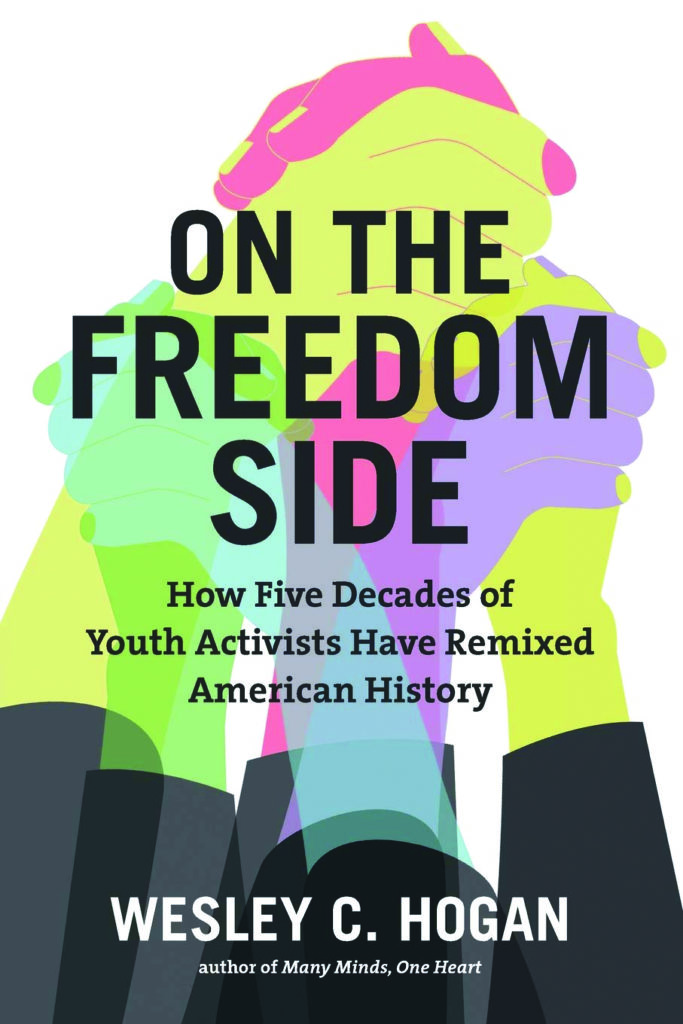
Wesley Hogan’s book is full of names you likely have never heard of, and only a few you likely know. In the first column are the queer youth organizers in the South, members of Southerners on New Ground (SONG); young people in Oakland creatively disrupting the school-to-prison pipeline; undocumented teenagers in Phoenix turning the chant “Undocumented! Unafraid!” into a national strategy; Florida’s Dream Defenders, born from grief and anger about the murder of Trayvon Martin; the Indigenous youth water protectors who sparked the almost-year-long protest encampment at Standing Rock; and more. In the second column are adults like Ella Baker and Bob Moses whose examples and wisdom anchors both Hogan’s analysis, and also the young people’s own understanding of themselves and their strategy. Hogan calls her book a 1980s-style mixtape — each chapter profiling a different “genre” of youth activists; yet it is powerful and heartening how often the “songs” overlap. Members of SONG show up at Standing Rock; the Dream Defenders seek advice from SNCC veterans. Hogan examined a slew of textbooks and is appalled to find virtually no references to anyone under age 25 (the Greensboro sit-ins are the exception). She wrote this book to help ensure that educators do not condemn another generation of students to a curriculum devoid of youth organizers seizing power and demanding a different world.
***
Black Death at the Golden Gate: The Race to Save America from the Bubonic Plague
By David K. Randall
(W. W. Norton & Company, 2019)
304 pp.
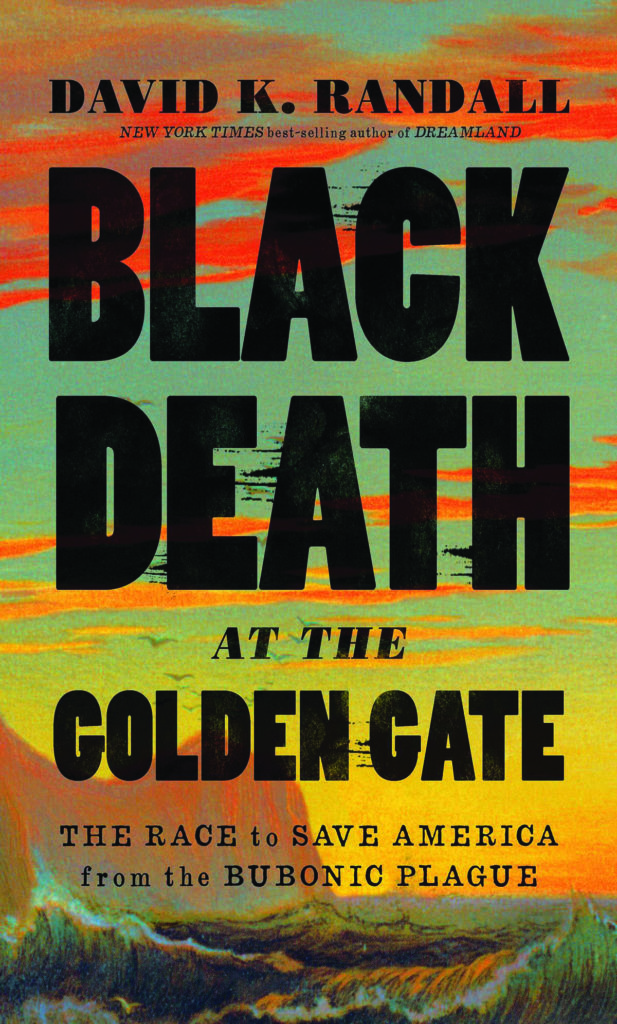
This disturbing saga follows the outbreaks of bubonic plague in San Francisco in the early 1900s, tracing the failings and successes of two very different public health officials tasked with stopping its spread. While the reader learns about the bacterial disease and its vectors, the book also documents the many ways in which virulent anti-Asian racism, pseudoscience, politics, and narrow-minded economic concerns hindered public health efforts and ultimately resulted in the plague bacteria persisting in the United States to this day. It is a sobering read in light of the current pandemic. Given its approachable style, Black Death at the Golden Gate could be excerpted or used in its entirety with older high school students, and its content is relevant to teachers of courses related to science, history, and current events.
***
Films
How to Survive a Plague
Directed by David France
(Public Square Films, 2012)
109 minutes
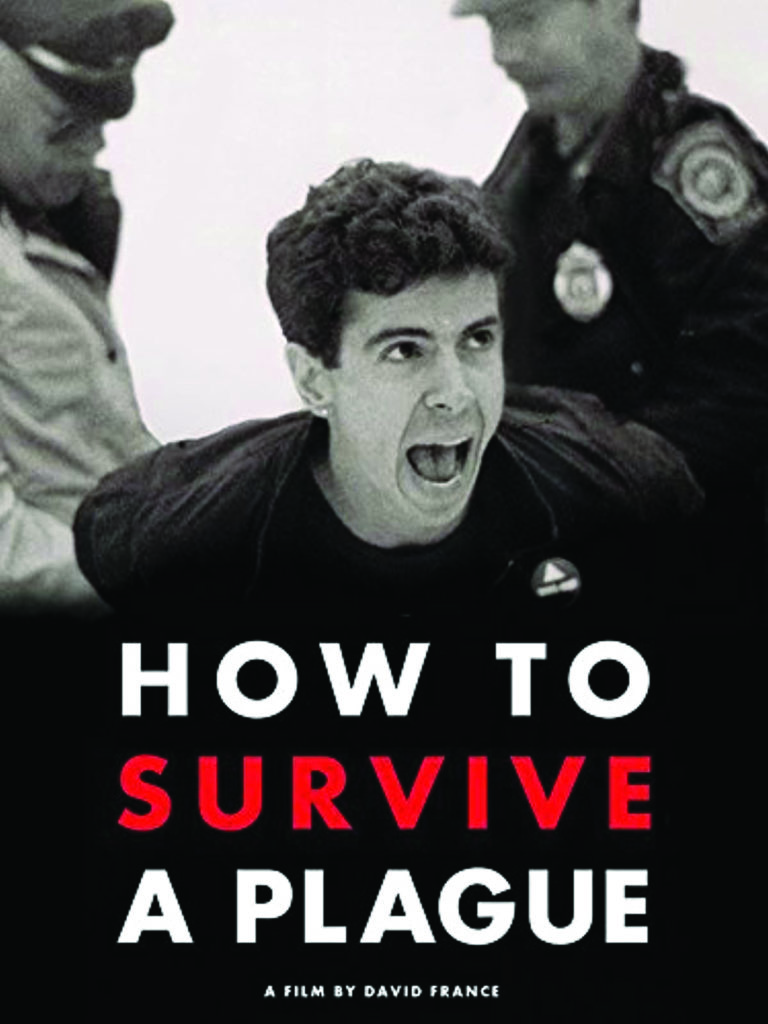
This is not a new film, but its relevance is newly urgent. This 2012 documentary tells the riveting and heartbreaking story of the founding and growth of ACT UP (AIDS Coalition to Unleash Power), a central player in the struggle to pressure drug companies and the U.S. government to aggressively pursue a treatment and cure for AIDS. Through rich and intimate archival material — home videos made by the activists themselves, news broadcasts, footage of protests — viewers learn about the men and women who composed ACT UP, many of whom were sick with the virus themselves, and see, in real time, how their bold civil disobedience was born, cultivated, honed, and mobilized at key moments in the struggle. The filmmakers do not reveal, until the end, who among the original cadre of activists lived to benefit from the discovery of an effective treatment for AIDS; this strategy makes for incredibly powerful viewing and reminds us that the political fight for these activists was literally a matter of life and death.
For those using this film in the current moment of the coronavirus pandemic, there are lots of rich connections to be made. First, educators might ask students to think about how marginalized groups’ experience of disease is affected by oppressive structures like racism and homophobia. It is fair to say that the homophobia of men like Jesse Helms, Ronald Reagan, and George H. W. Bush killed millions of people as these politicians dragged their feet in addressing a disease that, at first, seemed to be killing mostly gay men. Just as AIDS became inextricably tied to homosexuality, so too did President Trump label coronavirus a Chinese virus, stirring up anti-Asian hatred and spreading misinformation. And just as the poorest people on the globe have been disproportionately killed by AIDS, so too are we seeing outsized numbers of coronavirus infections and deaths among Black and Brown people in the United States. Second, the ACT UP activists sought to democratize the biomedical bureaucracy — drug research, trials, the FDA approval process — so that the people most affected by its decisions could have a seat at the table. Students might think about to what extent working people today in the United States have a voice in determining the priorities of the healthcare system. One imagines that were nurses and hospital aides given real voice in government, there would be no shortage of PPE. Finally, the film raises a key question for the current moment: What kind of activism do we need for this plague, coronavirus? How to Survive a Plague reveals the nitty-gritty process of organizers hatching actions that match the moment; for students, it might serve as inspiration to consider what actions they might hatch today.
Appropriate for high school classrooms — history, science, language arts.
***
Crip Camp
Directed by Nicole Newnham and Jim LeBrecht
(Higher Ground Productions, 2020)
Available on Netflix
108 min.
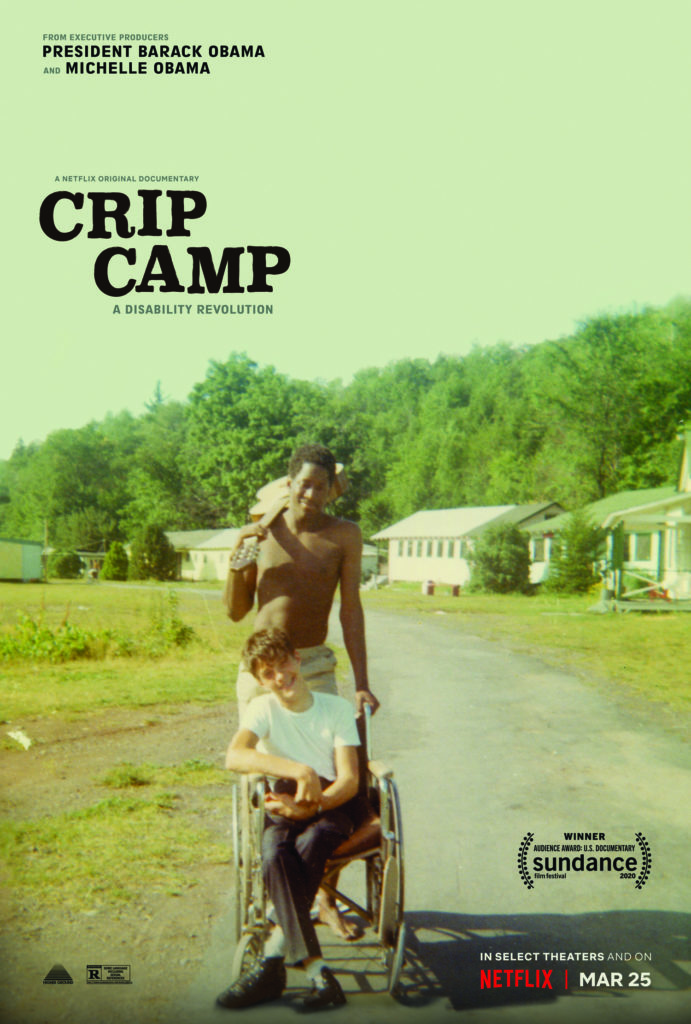
Crip Camp is a documentary that will enrich any educator’s teaching of the Civil Rights Movement. The film traces the birth of the disability rights movement from the late 1960s to today. It opens with an examination of Camp Jened, a summer camp for people with disabilities that one of the directors, Jim LeBrecht, born with spina bifida, attended as a youth. The camp gave attendees what the outside world could not — a chance to simply be teenagers. Campers played games, discussed troubles at home and, like most teenagers, explored their sexuality. This opening segment is both funny and poignant. The movie then pivots to the efforts by Judy Heumann and other people with disabilities in their fight for civil rights, first in New York City, then San Francisco, and on to Washington, D.C. The movie inspires viewers by showing the activism of people with disabilities and their struggle to be treated as equals by the wider society. These compelling stories include delightful moments of solidarity, like members of the Black Panther Party feeding demonstrators in San Francisco and the Machinists union providing transportation in D.C. The movie culminates with the 1990 passage of the Americans with Disabilities Act, but cautions viewers, by way of writer and Crip Camp “star” Denise Sherer Jacobson, that “until you change society’s attitudes [toward people with disabilities] that law won’t mean much.”
***
Picture Book
We Are Water Protectors
By Carole Lindstrom
Illustrated by Michaela Goade
(Roaring Brook Press, 2020)
40 pp.
“We come from water,” the young Ojibwe protagonist tells the reader — a lesson she learned from her grandmother. Through easy-to-read text and gorgeous illustrations, We Are Water Protectors introduces young people to the centrality of water in our lives. It is one of the few books for early childhood on an environmental issue that goes beyond the simple “don’t waste” or “recycle” message for how to protect clean water. We Are Water Protectors addresses a systemic threat to the environment (oil pipelines) and organized response (the protests at Standing Rock). Our only regret is that the book represents the evil pipelines as a black snake, reinforcing anti-Blackness and a fear of snakes, a crucial part of our ecosystem.
Reviewed by Bill Bigelow, Ursula Wolfe-Rocca, Deborah Menkart, Grace Cornell Gonzales, and Don Dumas

